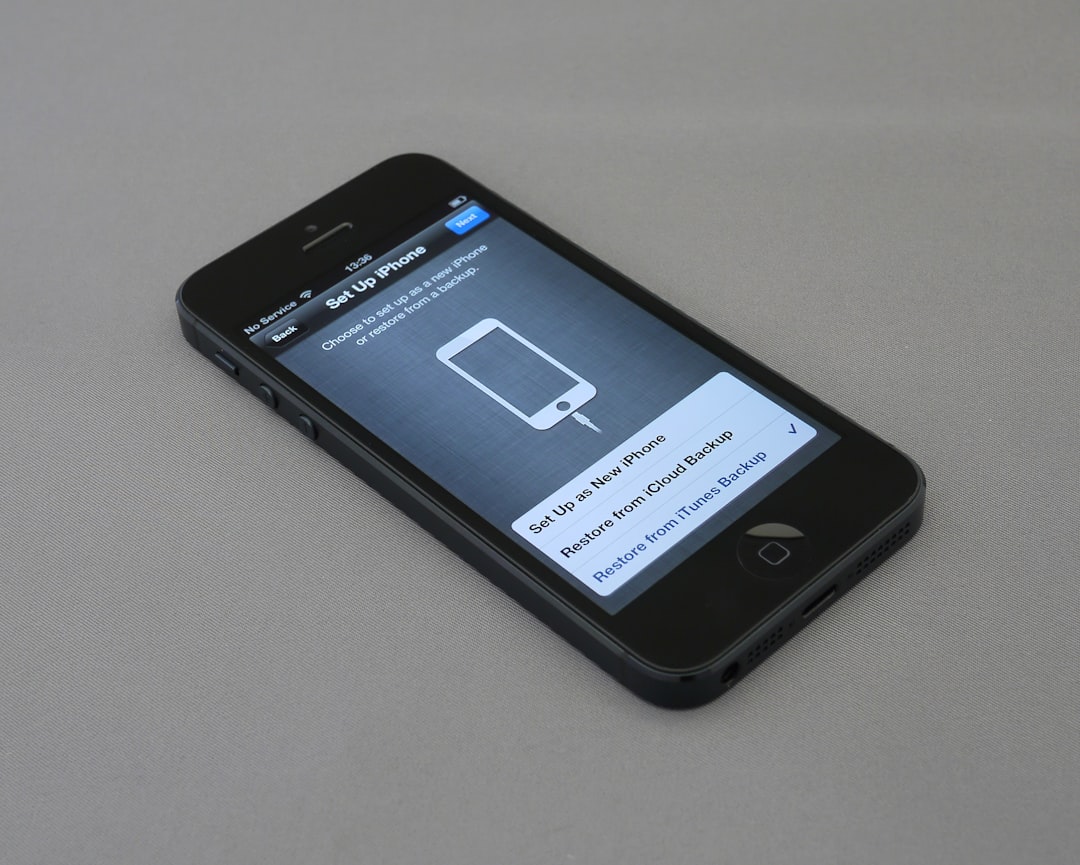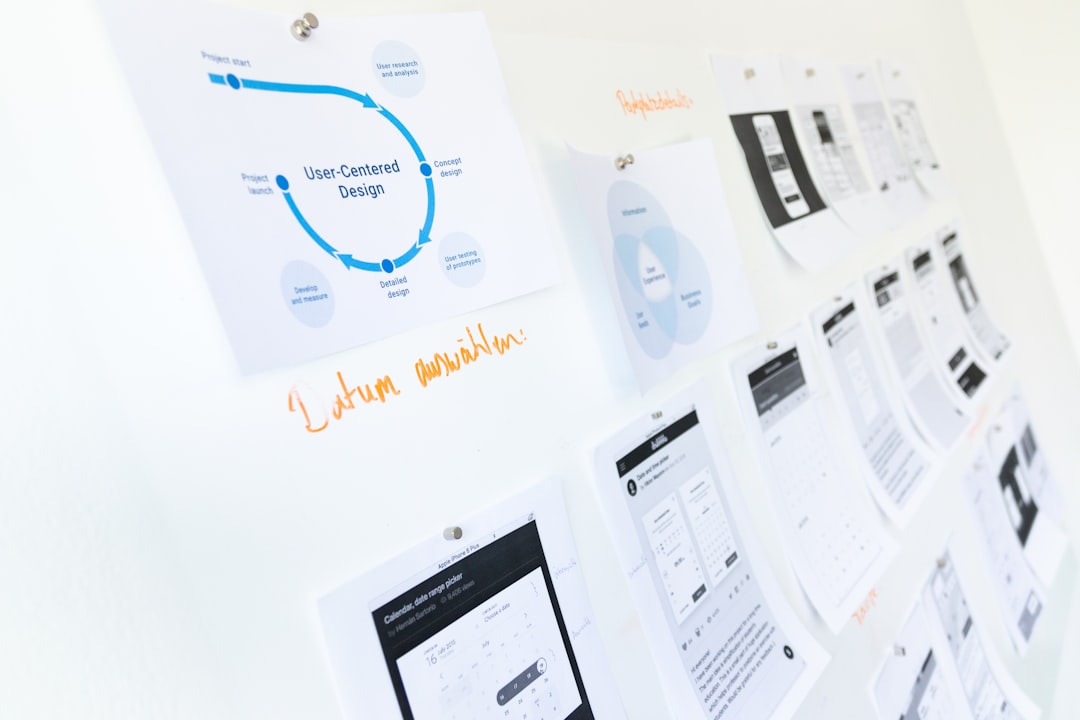Ever built a feature that no one used? You’re not alone. It happens all the time. We dream up awesome features, design them beautifully, spend weeks coding, and… *crickets*. That’s where feature telemetry comes in. It’s basically a way to track how people actually use your software. And it can help you cut the fluff.
This article will show you how to use feature telemetry to identify dead weight in your product. That way, your app can be lean, fast, and full of things people actually want.
What is Feature Telemetry?
Table of Contents
Feature telemetry is the data you collect about what people do inside your app. It can show:
- Which features users open
- How often they use them
- How long they spend in them
- Which parts they ignore completely
If you do it right, it’s like giving your product team x-ray vision. They get to see what’s working—and what’s just sitting there, unused and unloved.
Why Should You Care?
Every unused feature adds weight to your product. It makes the UI more cluttered. It slows down development. It increases maintenance costs. It confuses users. Basically, it’s like keeping a treadmill in your living room that no one’s used since 2020.

Removing those features lightens the load. Telemetry tells you what to cut—safely. You don’t have to guess. You have proof-based decision-making that makes life easier for everyone.
Step 1: Track. Everything. (Well, Most Things)
You can’t manage what you don’t measure. Start by collecting data across your features. Decide what usage means for each one. Is it:
- Clicking a button?
- Viewing a specific screen?
- Completing a flow?
Then start tracking. Common tools for this include:
- Mixpanel – Great for analyzing user behavior.
- Amplitude – Offers deep product analytics.
- Google Analytics – Lightweight and widely used (but may need custom events).
- Segment – Good for routing data to multiple tools.
You’ll want to set up events that log when someone interacts with a feature. Be intentional. Don’t log everything—that turns into a mess. Log events that connect directly to product goals.
Step 2: Analyze the Data
Now for the fun part. Go into your analytics tool and ask questions like:
- How many users open this feature weekly?
- How many just try it once and never come back?
- Does this feature drive retention or revenue?
- Are there patterns across user types (new vs. power users)?
You may find some features have single-digit usage rates. Others may spike once, during onboarding, and then dive off a cliff. These features might be on the chopping block.
Step 3: Validate Before the Axe
Before you go full Viking on your feature set, slow down. Deleting a feature without talking to users can backfire. Sometimes, a small but loyal group loves that tool you were about to nuke.
So, validate the low-usage data:
- Send a survey to users who used the feature.
- Ask your support team if people have ever mentioned it—positively or negatively.
- Run a shadow test: hide the feature for new users and see if anyone complains.
You’re not just looking for permission to remove. You’re gathering context. Maybe usage is low because the feature is hard to find. Maybe it was never announced properly.
Step 4: Trim – Gently
If you’re sure no one’s using it—or it’s doing more harm than good—then it’s time to let it go. But don’t yank it out in one big swoop (unless you’re sure).
Instead, try these options:
- Deprecate – Mark the feature as going away soon. Give people time.
- Hide-line Removal – Remove the feature from the UI but keep the backend support temporarily.
- Soft Shutdown – Disable access but keep data, just in case.
Then, monitor metrics. Did support tickets spike? Did engagement drop? If not—you made the right call. More room, less noise.
Examples of Killing it Right
Many companies do this—and thank themselves later.
- Slack retired some features like shared channels that caused more confusion than help.
- Google has sunset countless products that had low adoption. Remember Google Buzz?
- Airbnb continuously strips back features to keep the user journey simple and clear.
These decisions aren’t always popular at first. But over time, they make the product stronger and leaner.

The Hidden Benefit: Team Happiness
When you remove dead weight, it helps more than just users. Developers rejoice. They stop maintaining stuff that no one touches. Designers have more space to improve valuable flows. Support teams get fewer “Why is this here?” tickets. Everyone wins.
How Often Should You Clean House?
Think of it like spring cleaning. Once or twice a year, step back and evaluate all your active features. Tag them in your analytics. Rank them by usage. Pick a few to dig into. Create a Feature Retirement Plan.
You don’t need to Marie Kondo your whole product in one go. But a little pruning keeps things fresh and maintainable.
Final Thoughts
Feature telemetry gives you a truth serum for your product. It removes assumptions. It ends debates like “But I think people love this feature!” with a confident look at the numbers.
Use it to kill dead weight. Be smart, be kind, and check your data. A lighter, faster, more focused product is just a few deletions away.
And remember: nobody mourns the death of features they never used.
